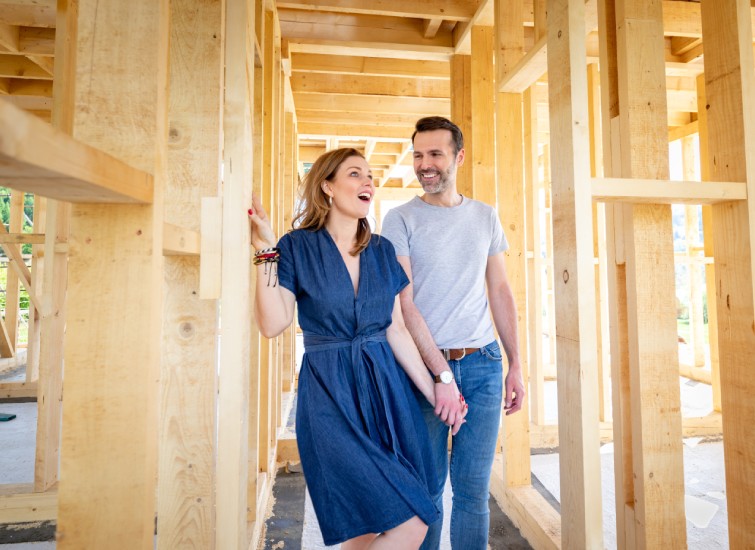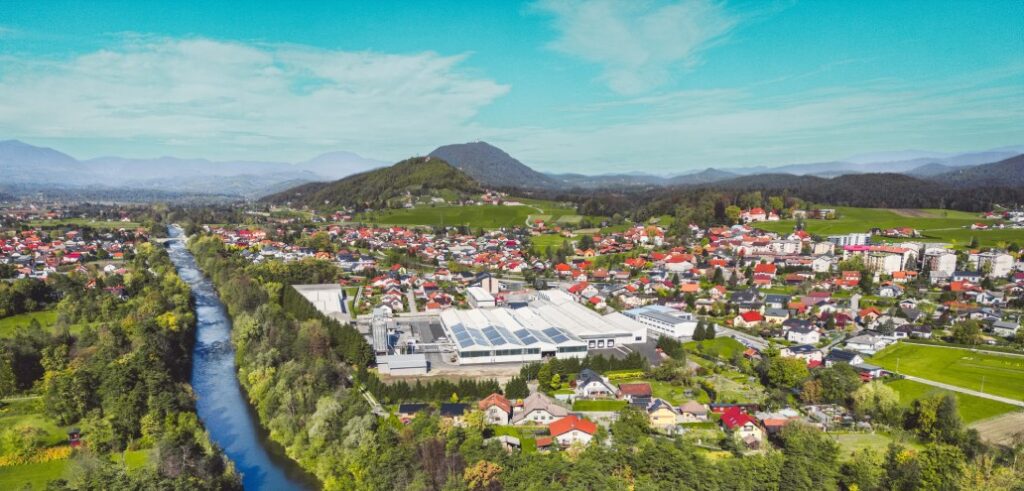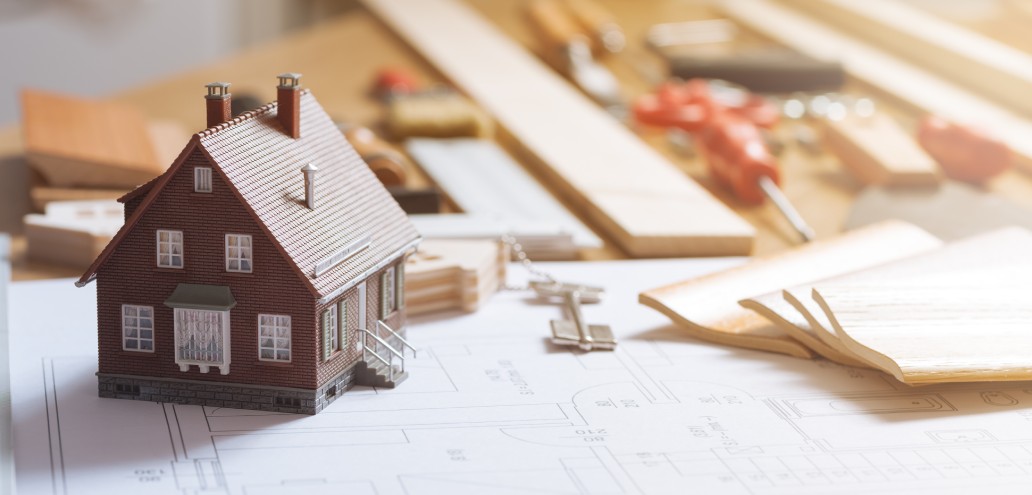The residential construction industry is a leader when it comes to green building practices and sustainable approaches to building homes. Structures built today are much more efficient than a decade ago.
However, some municipalities are pushing for unrealistic expectations and have made the challenge overly daunting. They keep moving the yardsticks and don’t give builders enough time to adapt.
The rush to electrify homes is a good example, as we could be facing a power crunch in the near future.
I read recently that it took Canada roughly 100 years to reach its current electrical generation capacity of roughly 500 terawatt hours. In the next 25 years, however, that number must increase to 1,500 terawatts to meet government-imposed net-zero targets for home building and other sectors.
We have to be careful what we wish for. Switching to electricity might sound like a good fix, but there are very strong indications it will be difficult to generate the power needed in such a short period of time.
In Ontario recently, production contracts were extended to at least 2040 with six natural gas power plants. The reason? We are in an energy crunch. Pickering Nuclear Generating Station is slated for closure in 2026, and three of four reactors are offline at Darlington due to a refurbishment project.
The nuclear industry will face challenges in ramping up production to help meet federal net-zero targets by 2050. The Independent Electricity System Operator figures that phasing out natural gas-produced electricity by 2030 would cost consumers $27 billion, and cause monthly residential bills to be increased by 60 per cent, or roughly $100 per month. On top of this, they could also cause an unreliable grid and blackouts.

Achieving Net-Zero Will Be Costly
Meanwhile, the City of Toronto has accelerated its push to achieve net-zero emissions from existing buildings. Its Net Zero Existing Buildings Strategy originally set a net-zero target by 2050, but in 2021, it was accelerated to net zero by 2040 upon adoption of the TransformTO Net Zero Strategy.
Some municipal government councils have declared climate emergencies, and this has spurred a litany of municipal actions.
Toronto’s emissions from buildings must be cut significantly to reach its targets. The city’s strategy includes emissions performance reporting and performance standards for existing buildings, energy and emissions audits, and re-commissioning and retrofitting plans for larger buildings.
These mandatory standards will apply to existing large office towers, as well as low-rise residential homes. Owners of existing buildings would be wise to start planning now for these anticipated requirements.
According to a staff report, Toronto’s community-wide emissions from buildings were already reduced 37 per cent between 2008 and 2020.
How much will all this cost? It’s difficult to say. However, preliminary modelling suggests that retrofitting the existing building stock to net-zero performance levels by 2050 will require an investment by the city, business community, other levels of government, and individual residents of more than $145 billion beyond business-as-usual investments. The 2040 target will require accelerated investment.
Apart from the cost, though, we simply do not have the workforce required to undertake this massive task so quickly. The construction industry is already grappling with a worker shortage. This won’t help.
To make matters worse, the change could make the housing affordability challenges in Toronto more daunting, as the costs will likely be passed on to tenants of homes and condos being rented out.

Moving Too Quickly is a Recipe for Disaster
Complicating the situation, municipalities like Caledon and Durham are pressing ahead with their own separate green development standards.
National and provincial building codes are also working to implement zero-emission or net-zero energy-ready homes by 2030.
Under the federal government’s Emissions Reduction Plan, residential buildings will be required to use 61 per cent less energy by 2025, and 65 per cent less by 2030. The measures are sure to result in increases in home construction costs.
In light of recent climate-related events, such as wildfires and flooding, builders want to make sure they are doing their part to protect the environment. Most residential builders are small, family-owned companies. Most of the builders families themselves, and so are committed to green building.
Building greener and more sustainable homes is an admirable goal. But moving too quickly and shifting to electricity when it is clear supply challenges exist is a recipe for disaster. It is not realistic.
We must learn to walk before we try to run.
Richard Lyall is president of the Residential Construction Council of Ontario (RESCON). He has represented the building industry in Ontario since 1991. Contact him at media@rescon.com.









